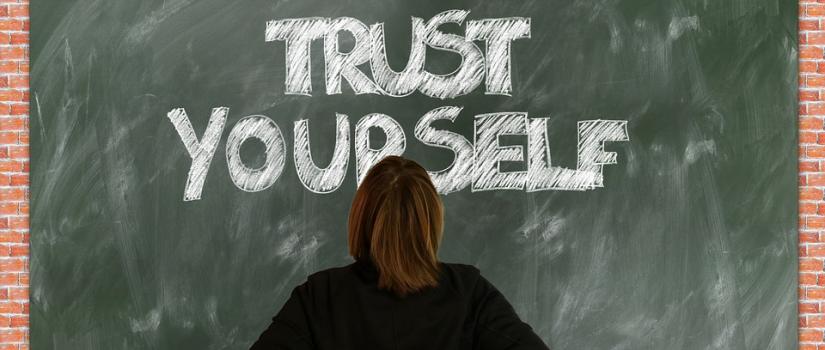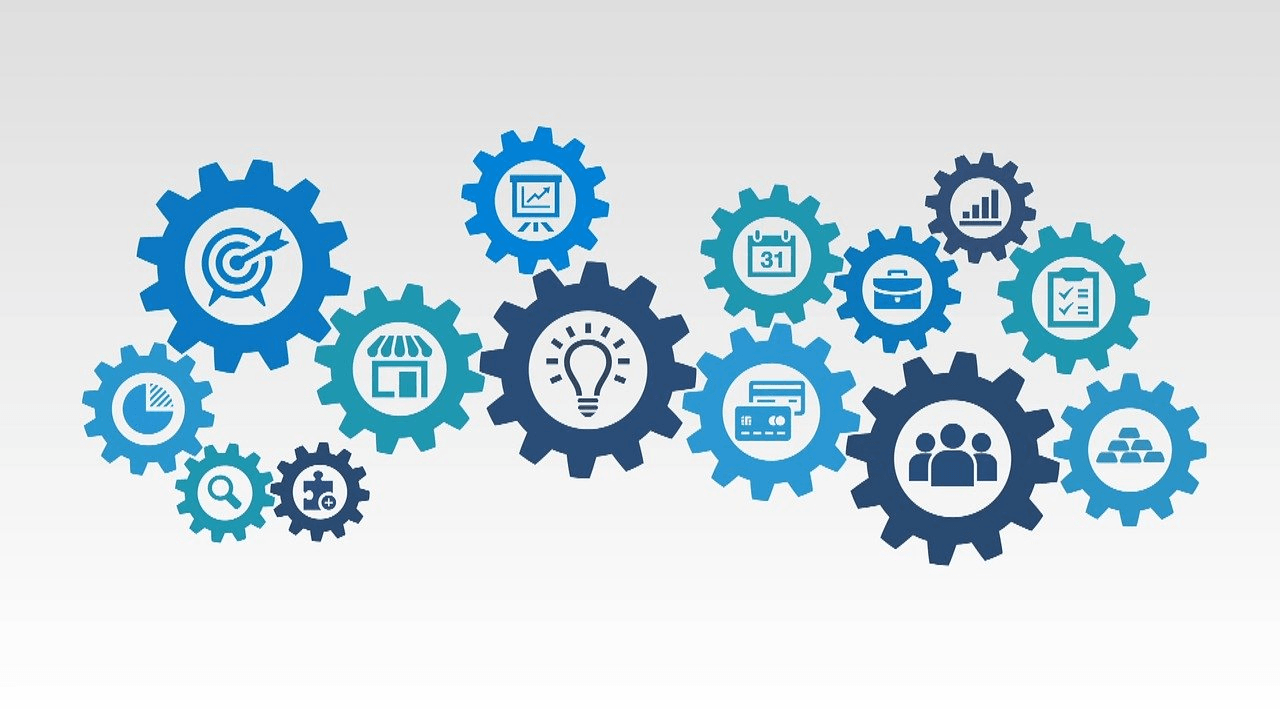Building a Continual Learning & Improvement Mindset at Your Place
Imagine this – an organisation where every single team member BELIEVED that things can be better than they are, had the DESIRE to want to BE BETTER, and was WILLING to spend the effort necessary to get there. Imagine what that organisation could achieve. This is the mindset of Continual Learning and Improvement.
Want it at your place? Keep reading!
The concept of Continual Learning and Improvement has developed from two separate but connected ideologies – Continuous Improvement (CI) and the Learning Organisation.
Let’s start with CI.
Developed way back in WWII, CI is a commonly understood and utilized concept in all manner of industries and businesses around the world. It is often connected with various other business and manufacturing concepts such as Kanban, Lean, Agile, Six Sigma etc.
The benefits brought to business globally through the ideology and disciplined practices of CI cannot be denied. Like anything, we believe the key is to apply CI in an open-minded and flexible way, and dependent on the specific needs of the various parts of an organisation.
What I LOVE about CI, and what I believe every organisation can benefit from embracing, is the mindset created by the concept. The mindset is this – get amongst it! If you see something not working right, take the initiative to fix it. Yes you, the Payroll Officer or the Customer Representative or the Maintenance Crew or the GM of Sales. The mindset of continuous improvement is about EMPOWERMENT and it’s about being PROACTIVE. No matter who you are, your ideas matter and you have the power to make things happen.
What about the Learning Organisation?
Peter Senge first coined the term “Learning Organisation” in his book “The Fifth Discipline: The Art and Practice of the Learning Organization” (1990). Since then, the terms “Learning Organisation” and “Organisational Learning” have become common and popular concepts as businesses seek to become more nimble, agile and fast moving in a constantly changing and challenging international business environment.
Senge has been openly critical of organisations being too focused on rewarding successful outcomes, therefore hampering the ability of team members to take risks and sometimes fail, a critical ingredient for true organisational learning.
People new to the concept of organisational learning often confuse it with individual learning. While this is one component, organisational learning is about the ability of the whole organisation to learn as its own entity. Many organisations have for example, introduced programmes where leaders teach other leaders, where teams educate other teams about their area of specialty, where members of the organisation go out into the wider world, learn about other organisations (for example, study tours) and bring the learning back into their company, and importantly, disseminate that learning. At the highest level, some organisations are now engaging in inter-organisational learning, where a number of organisations come together regularly or even co-locate to enjoy learning and collaboration of ideas between them, hence lifting the knowledge-gain of all organisations involved. For example, we have seen this in post-earthquake Christchurch where precincts of like-minded businesses and professionals have been created in the central city, sparking collaboration and innovation.
Bringing the Two Together
The ideologies of CI and organisational learning both bring critical strengths to an organisation. The two are complementary and intertwined. To continually seek improvement, you must first believe you can learn to improve. Organisational learning at its heart, is all about improvement, whether that be by small steps or complete disruption at an organisational level.
However, these ideologies are only valuable when applied appropriately (too zealous an approach to either has shown itself to be unhelpful, and has brought both concepts under some fire in recent years) and as part of a wider, integrated approach to business success.
The mindset that sits behind both ideologies, we believe, is where the true gold lies.
The Mindset of Continual Learning and Improvement encompasses
belief, desire and willingness.
A belief
that we can always be better than we are, a desire
to be better,
and a willingness
to spend discretionary effort to get there.
How does an Organisation develop a Continual Learning and Improvement Mindset?
Like any organisation-wide practice, action or change, there must be commitment from all leaders, from the beginning. Leaders must first understand the concepts, and importantly, the benefits such a mindset would have for their organisation and for themselves (the “what’s in it for me” aspect).
Nothing worth doing comes without sacrifice. To truly commit to continuous learning and improvement, there are certain things an organisation must be prepared to provide:
- The time and space necessary to allow for learning (at an individual, team and organisation level).
- The empowerment for team members at all levels to run with an idea and make change.
- Being OK with failure and mistakes, so long as they are owned and drive further learning.
- The commitment to champion learning and improvement initiatives, and not lose focus when times are tough.
- Allowing staff freedom to develop a better long-term solution, even when this may impact short term results.
- Clarity of strategy, vision and purpose, so that employees can focus their learning in a way that aligns with the goals of the organisation.
Once the organisation has committed to the above, individual leaders must be prepared to back these commitments up on a daily basis – where it’s hardest, and counts the most.
A growth mindset
Another key aspect of learning and improvement is the ability to BELIEVE you can in fact learn and improve. Dr Carol Dweck pioneered the concepts of the Growth and Fixed mindsets through her work at Stanford University, to explain two disparate belief systems people hold about learning and ability. She argues that a growth mindset allows a person to live a less stressful and more successful life, through their belief in theior ability to learn and grow, and her theory is key to organisational learning and improvement.
To explore the concept further, I recommend spending eight minutes to watch this clip by Trevor Ragan at trainugly.com, who gives an excellent overview:
Planned Organisation-Wide Initiatives
OK, so the commitment’s there. Now the organisation must do something.
There are a myriad of initiatives an organisation can choose to consider, that will kick-start the learning curve, while signaling the organisation’s commitment to learning and improvement.
What’s critical here, is that an organisation only commits to what it can reasonably sustain over time. Too often initiatives are started but don’t last, sending the message to staff that the organisation was not really that committed in the first place. When you’re first beginning on this journey, less is more.
Some initiatives worth considering include freedom time to work on improvement projects (usually between 5-10% of their hours), knowledge cafes (facilitated events where team members come together to discuss concepts and ideas), Libraries, book clubs, “Ted” style talks by staff about improvement initiatives, appreciative enquiry, leadership clinics (leaders helping leaders with leadership issues), internal and external study tours etc.
Education for all staff
It’s important that when you first start growing a learning and improvement mindset across the organisation, that you start with the basics – teaching all staff what this learning and improvement stuff is all about, and what it can do for them (“what’s in it for me” remember!). Don’t rush this with a half hour presentation. Do it properly – we recommend having every team member attend a workshop where they can really explore, touch and feel the concepts.
Sustained execution, commitment and reinforcement
It’s relatively easy to put some cool initiatives in place. It’s much harder to maintain the energy, commitment and focus required to keep it happening in the long term. Because of this, many staff have become cynical to new ideas or concepts, and take the approach of “let’s wait and see if this is a flash in the pan, or if they actually mean it”.
SUSTAINED is the key word here. A learning and improvement mindset will not develop overnight, and neither will it yield results overnight. The payoff will be substantial, but it will take time.
Some things that help:
- Keep the conversation going. Continue to discuss what’s working and what’s not – both with leaders and with staff.
- Make sure all new staff receive the same intro to continuous learning and improvement that the rest of your staff did.
- Change things up. While it’s important that initiatives don’t fizzle and die in month two, it’s OK to change them over time to respond to what works and what doesn’t – i.e. take a continuous improvement approach!!
- Find ways to recognise and reward for the behaviours you’re trying to build. This will continually reinforce to staff what’s important.
If you’d like to explore further how you can grow a continuous learning and improvement mindset at your place, feel free to get in touch.
Marie Webber
Co founder and Director
Culture by Design





All Rights Reserved | Acentia





